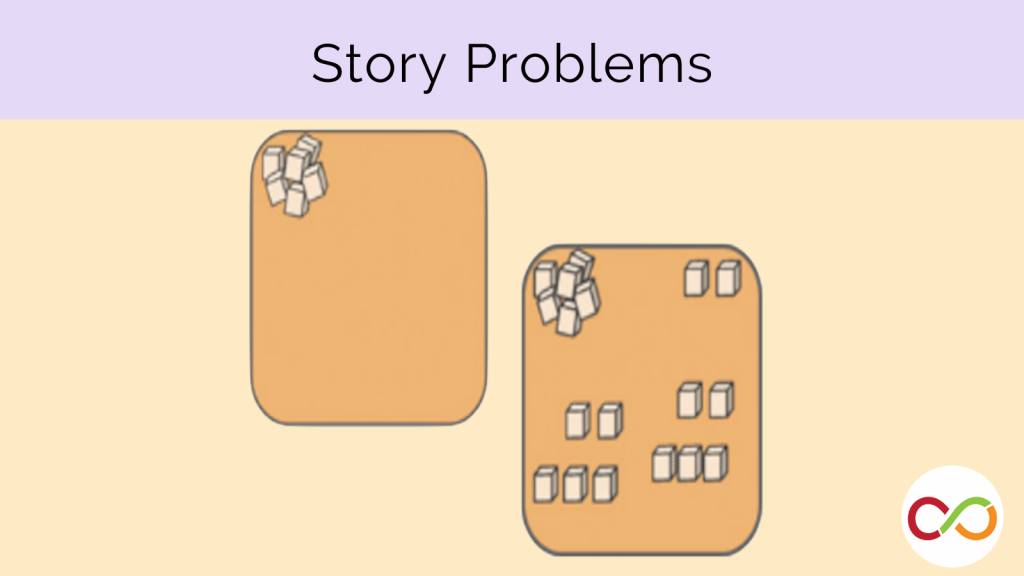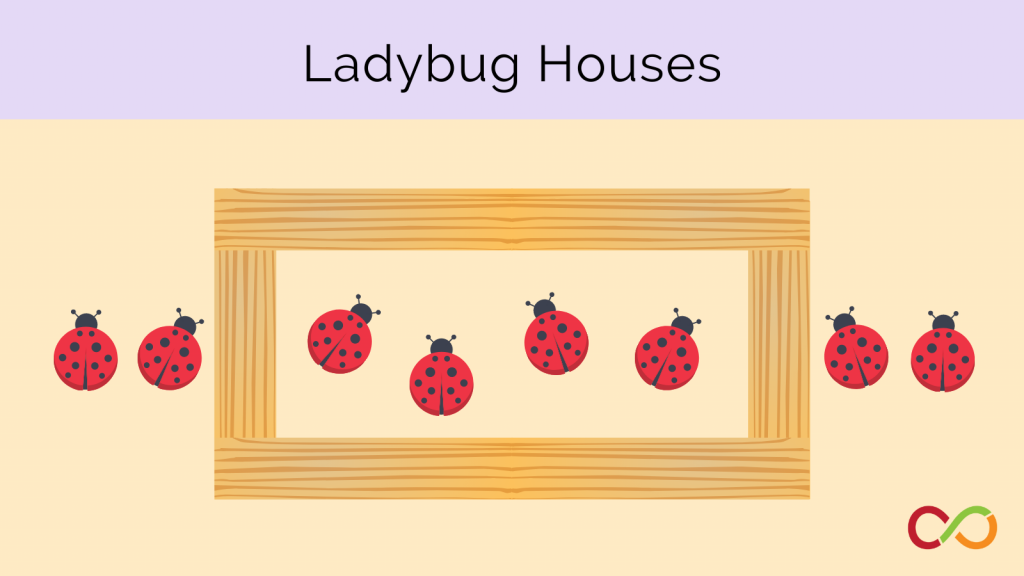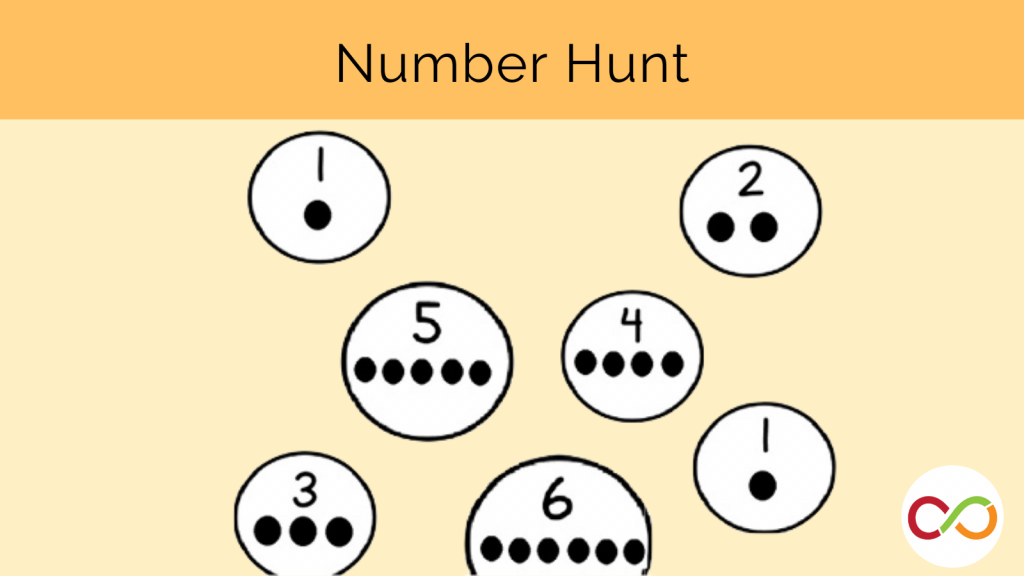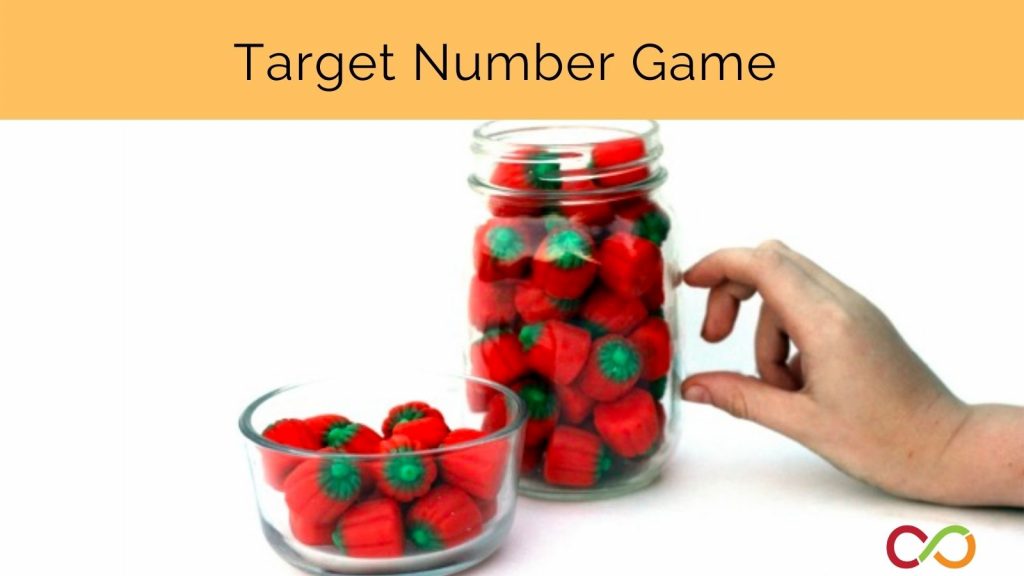Give-N Task Assessment
Context
- Student and teacher are seated together.
Materials
- An item, such as a stuffed animal
- Approximately 20 identical items (e.g. beads)
Warm Up
Ask your student: “Can you count out loud from one to 10?”
Assessment
- Place a bowl with approximately 20 identical items in front of your student.
- Ask, “Can you give one bead to the stuffed animal?”
- Prompt the student: “Now give two beads to the stuffed animal.”
- Ask, “Can you now give five beads to the stuffed animal?”
- Continue asking your student to give beads to the stuffed animal, increasing the number according to the child’s ability.
- You may find that when you ask the student to give you a certain number of beads, they give an incorrect number. Or, they may take a handful of items and say something like, ”Five beads!”
- Prompt the child by saying: ““Hmm. I don’t think that’s five beads and the stuffed animal really wanted five beads. Can you fix it so there are 5?” Or, “Is that five beads you just gave to the stuffed animal?”
- When the child is unable to provide the stuffed animal with the correct number of beads or it is clear the child has an understanding of one-to-one correspondence, you can stop asking the student to count.
- This task demonstrates a student’s knowledge of cardinality, one-to-one correspondence and a conceptual understanding of counting.
Related Research
Learning to represent exact numbers (Barbara W. Sarnecka)
A Model of Knower-Level Behavior in Number Concept Development (Michael D. Lee, Barbara W. Sarnecka)
Related Lessons
Early Years
Students use a number card to build a unifix tower and compare to determine whose tower is taller.
Students develop an understanding of numbers by comparing ladybugs inside vs. outside of a house.
Primary
Students develop an understanding of numbers by comparing ladybugs inside vs. outside of a house.
Students develop an understanding of numbers by comparing ladybugs inside vs. outside of a house.
Share this assessment
Share on facebook
Share on twitter
Share on email




